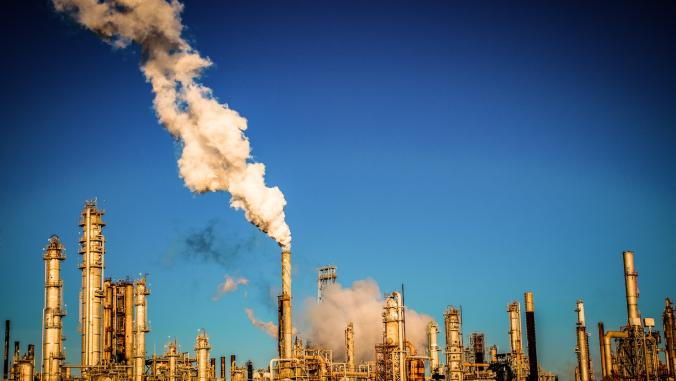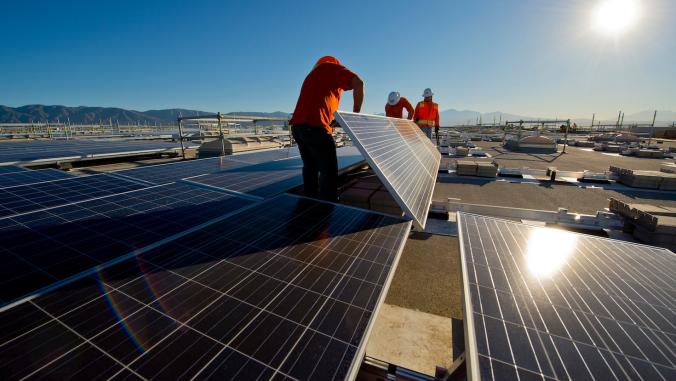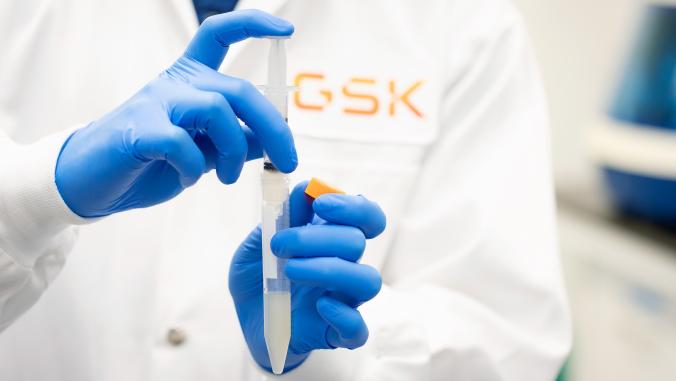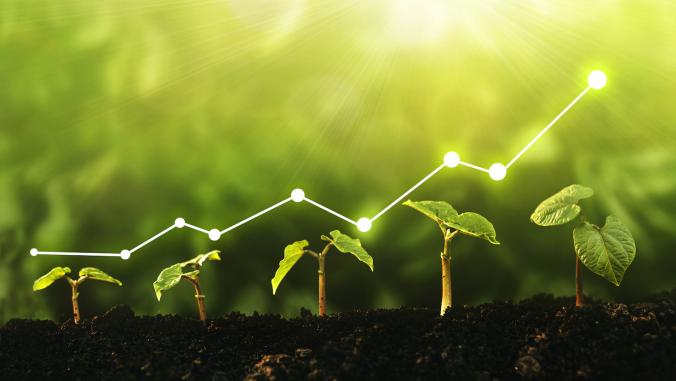A farm-level view on supply chain water risk
With conditions varying all the way from weather through washing, how can companies find out how much water crops use from farm to fork?

Lettuce is a thirsty crop in parched California. It takes roughly 12 gallons to grow a single head, and Chris Willoughby, a mid-sized grower of leafy greens, broccoli and cabbage, is doing his best to cut back on that amount.
When his wells ran salty 10 years ago, following decades of regional groundwater over pumping, he turned to Watsonville’s recycled wastewater plant, installing — at his own expense — the necessary piping and valves to tap into the more expensive recycled water.
It doubled his water costs.
Willoughby intensified his use of drip irrigation and changed his tillage practices “big time” to further conserve water. As a result, he’s managed to achieve a 15 percent reduction in his water use since 2013.
He may be ahead of the curve on water stewardship among California’s thousands of vegetable growers, but he wouldn’t know. Although his buyers ask him to report his water use, they don’t provide him feedback on how he compares to similar growers.
As California’s agricultural community faces mandatory water cutbacks, growers are bearing the brunt; yet the entire supply chain, from farm to fork, has a stake in ensuring the long-term sustainability of water supplies. Ceres' new report, “Feeding Ourselves Thirsty: How Global Food Companies are Managing Water Risk,” found that very few global food companies are assessing water risk in their agricultural supply chains, or working with their growers to improve water management.

It all starts with good data
Managing any kind of risk starts with good information, but collecting and managing water use data up the supply chain can be a surprisingly tough nut to crack.
Agricultural supply chains are highly complex. Willoughby, for example, sells to four shippers who wash and bag his greens before moving them quickly up the supply chain to retailers such as Walmart and food service companies that supply restaurants, colleges and other institutions all over the country.
At the end of this supply chain, Willoughby’s greens are sold as branded bag lettuces, comingled with other growers’ greens. That means his farm level water use data is averaged in with many other growers’ data.
“The longer the supply chain, the weaker the connection between the farmer’s management information and the ultimate consumer,” said Daniel Mountjoy of Sustainable Conservation, which led a recent tour of Willoughby’s fields.
Inexact water use data is more of a problem in fragmented supply chains such as Willoughby’s, where each link acts independently and contracts are subject to change.
“My shipper may say I need five acres of red lettuce on May 30,” Willoughby explained, “but when May 30 comes around, they’ll say, ‘Actually I only need half of what you grew.’”
That’s because his shippers are at the mercy of restaurants and grocery store chains’ forecasting models.
But it leaves growers such as Willoughby scrambling to find another buyer who might be short on that date, and it can complicate their water use accounting.

More vertically integrated supply chains, in contrast, can allow for better collaboration on water management. Take Olam Spices and Vegetable Ingredients, a global food company that grows, sources and processes onions, garlic, parsley and tomatoes throughout California’s Central Valley.
Olam provides seeds, plantings and crop management assistance to its growers, who receive contracts one year in advance. Its close relationships with growers have enabled it to innovate water efficiency solutions at the farm level, according to Alejandra Sanchez, sustainability lead at Olam. Olam is developing farm management practices that will allow onion varieties to thrive with drip irrigation, and rotate more easily with tomato crops, to both save water and preserve soil health.
Better metrics for better trust
Yet one of the thorniest issues in supply chain water risk management is what measurement to use, and for whose purposes.
“Metrics have value at each step of the supply chain, but they may be different metrics,” said Mountjoy. “What’s valuable to the grower has a lot more detail in it, but it ends up getting aggregated at the shipper level.”

Growers who farm in the valley’s hotter inland region — and use more water by necessity than farmers on the cooler coast — worry that without their farm level context, buyers may drop them, even though they be more water-efficient, said Mountjoy.
To better ensure that farm level context makes its way to the top of the supply chain, Sustainable Conservation is part of a collaborative initiative — the Stewardship Index for Specialty Crops — that’s piloting a metric to capture water efficiency. The measure, acre-feet of water per crop water demand, accounts for farm level weather conditions, ensuring that buyers get a more complete picture of farmers’ water use.
The group is testing the metric’s efficacy at all levels of the supply chain. If successful, it just may crack open communication between growers and buyers, and streamline data collection efforts.
Opportunities for improving collaboration
Beyond using better metrics to assess water use, corporate buyers can do much more to improve water management in their supply chains:
- Provide growers with feedback, or peer comparison data on their water use (using metrics that allow for meaningful comparison). Let them know how their data will be used, and why disclosure can benefit, rather then penalize, them.
- Participate in initiatives to standardize collection of water use data to streamline data gathering efforts.
- Engage in, or financially support, dialogue and planning at the watershed level with key stakeholders, communities and other industries. Efficient use of water by an individual farmer may not achieve sustainability of a watershed if other farmers, or other supply chain partners or industries, are not managing water from that watershed wisely.
- Help finance the necessary equipment to help improve water efficiency, such as monitors that measure soil moisture conditions and wireless towers that allow for real-time access to field data.
In the end, corporate buyers can go a long way by letting growers know that they recognize water is a shared resource and that farmers are not the only ones responsible for conserving water.
As Olam’s Sanchez said, “We all have straws going into the same glass of water.”
This story first appeared on:





